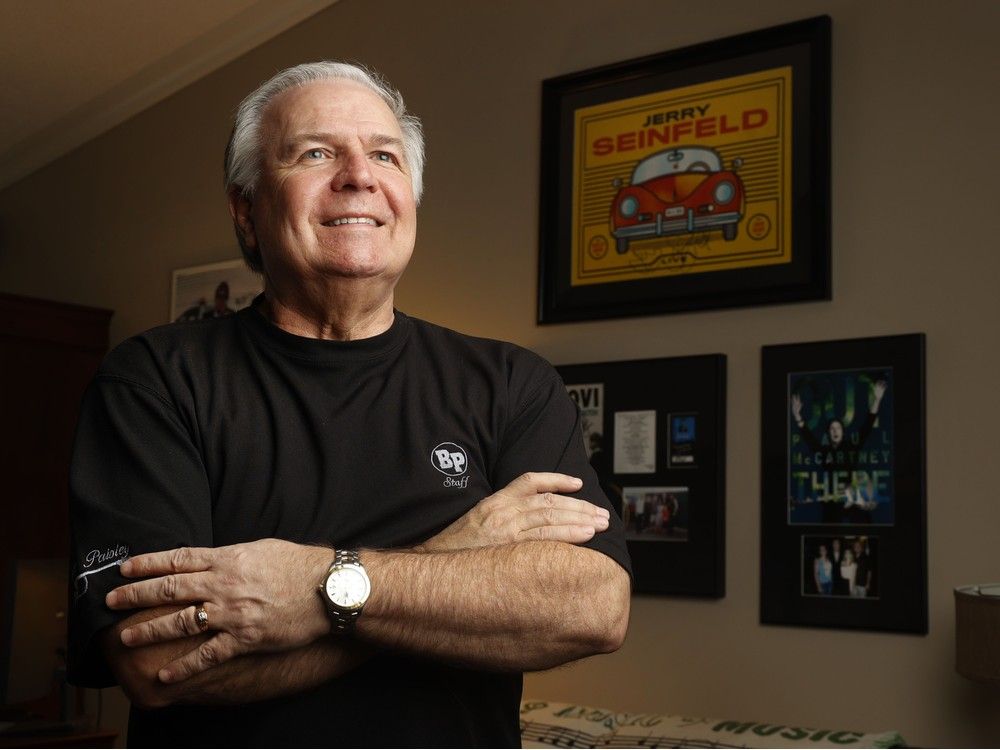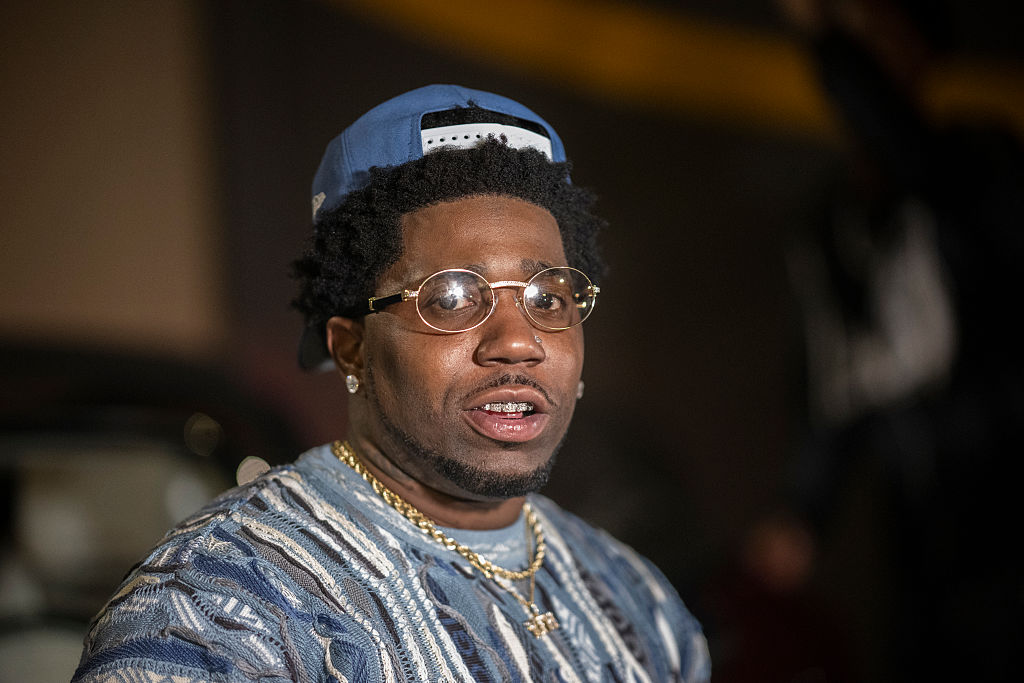While the Lansdowne 2.0 proposal received
mixed reviews
from public delegations over a 10-hour committee meeting, music industry experts gave the new event centre a standing ovation.
“
This is exactly what Ottawa needs
,” said Ken Craig, the venerable local concert promoter whose career has spanned more than four decades as the driving force behind some of the biggest names in the music business performing in the nation’s capital.
Craig received the Order of Ottawa a year ago and told the finance and corporate services committee that about half of his career was tied to Lansdowne Park.
“I have done so many shows there since I started in 1979, started at the bottom, worked all the way up, and I’ve done all the stadium shows on the football field. There isn’t one stadium show that was not mine,” said Craig, who began his career selling tickets at the Civic Centre box office.
Craig praised the new event centre planned as a centrepiece of the Lansdowne 2.0 project, which calls for a hockey arena that doubles as a concert venue with capacity for 7,000.
Lansdowne 2.0 plans call for the demolition of the stadium’s north-side stands and the aging Civic Centre, with the stands to be rebuilt alongside two adjacent condominium towers. The new hockey arena and event centre would be constructed on the east side of the football field.
Craig said Ottawa has been desperately missing a mid-sized concert venue with a capacity somewhere between the 2,065 seats at the National Arts Centre’s Southam Hall and the approximately 17,000-seat capacity at the cavernous Canadian Tire Centre.
A venue with a capacity between 5,000 and 8,000 “is what every market needs,” Craig said.
Erin Benjamin, president and CEO of the Canadian Live Music Association, told the committee the local industry identified “a clear gap in Ottawa’s venue ecosystem” between the NAC and the CTC.
“This mid-sized space is where so much of today’s touring economy lives. Without it, Ottawa simply cannot compete for those artists and events that attract local audiences and music tourists alike from across the region, across the river, across the country and around the world,” Benjamin said. “But research proves that those fans will spend their money somewhere, and our job is to make sure they spend some of it here.”
Music tourism is “surging” and cities that invest in culture and live performance “are seeing major returns,” she said.
And it’s not just the new artists that do perform in mid-sized arenas, but classic rock performers too, Craig added, rhyming off artists like Elton John, Bob Dylan, Jackson Browne, Carlos Santana and even comedian Jerry Seinfeld, who prefer smaller, more intimate sold-out venues.
“Jerry won’t play those big arenas by himself; he doesn’t want to see empty seats,” Craig said. “It needs to be packed and close and intimate, and that’s exactly what I feel we need here in Ottawa.”
On the first day of the Lansdowne 2.0 debate on Oct. 29, which lasted more than 10 hours, much of the attention focused on delegates from the Ottawa Charge and the Professional Women’s Hockey League, who told the committee they had been left out of conversations on the capacity for the new arena.
Plans for 5,850 seats in the arena plus standing room, bringing capacity to 6,600 for hockey games, drew the ire of the PWHL, as capacity at the old Civic Centre (now the TD Place Arena) is around 9,800.
Craig related several anecdotes from his colourful history promoting concerts at the Civic Centre, including a Depeche Mode concert in June 1990 that was forced to cancel because of asbestos falling from the ceiling.
Issues persisted “right up until a few years ago, where I’m doing some shows and we had 14 buckets placed around the arena floor because of the water leaks,” Craig said.
“And as much as I love the arena, it’s old, it’s tired, and with Lansdowne 1.0, I was the last to speak at council back in that day. Renovations were done, but it’s just not enough,” he said.
The city has missed out on numerous concerts from high-profile artists in the meantime, Craig said, because agents and managers refuse to book the venue.
“At least once every three months, I will hear a manager or an agent say to me, when I would suggest (TD Arena), they go, ‘Isn’t that the old Ottawa Civic Center?’
“And I say yes, and right away they’ll say, ‘We’re not playing that.’ This industry is very small. It’s the same crew and managers and agents over and over again, and they don’t forget things like that.”
Ali Shafaee, vice president of Live Nation Canada, said the entertainment giant “tends to skip over” Ottawa on its tour schedule due to the lack of a midsize venue.
“Ottawa has made real progress over the past few years in building its live music scene, but to continue that momentum, we need the right infrastructure,” Shafaee said.
The city has a number of venues with capacity for up to 2,000 people, Shafaee said, citing the new Hard Rock theatre, the Bronson Center, the NAC and the History Ottawa venue opening soon at the former Chapters store on Rideau Street.
“We already have the CTC for large-scale arena shows and various sites for outdoor festivals. However, what’s missing in a major metropolitan like ours is a mid-size event center, a flexible, modern venue that can host a growing number of artists and shows that fall between those two ends of the spectrum.”
Related
- Lansdowne 2.0 has a problem with the unknown unknowns — probably
- ‘Super Kyle’ likes added space Lansdowne 2.0 would offer



